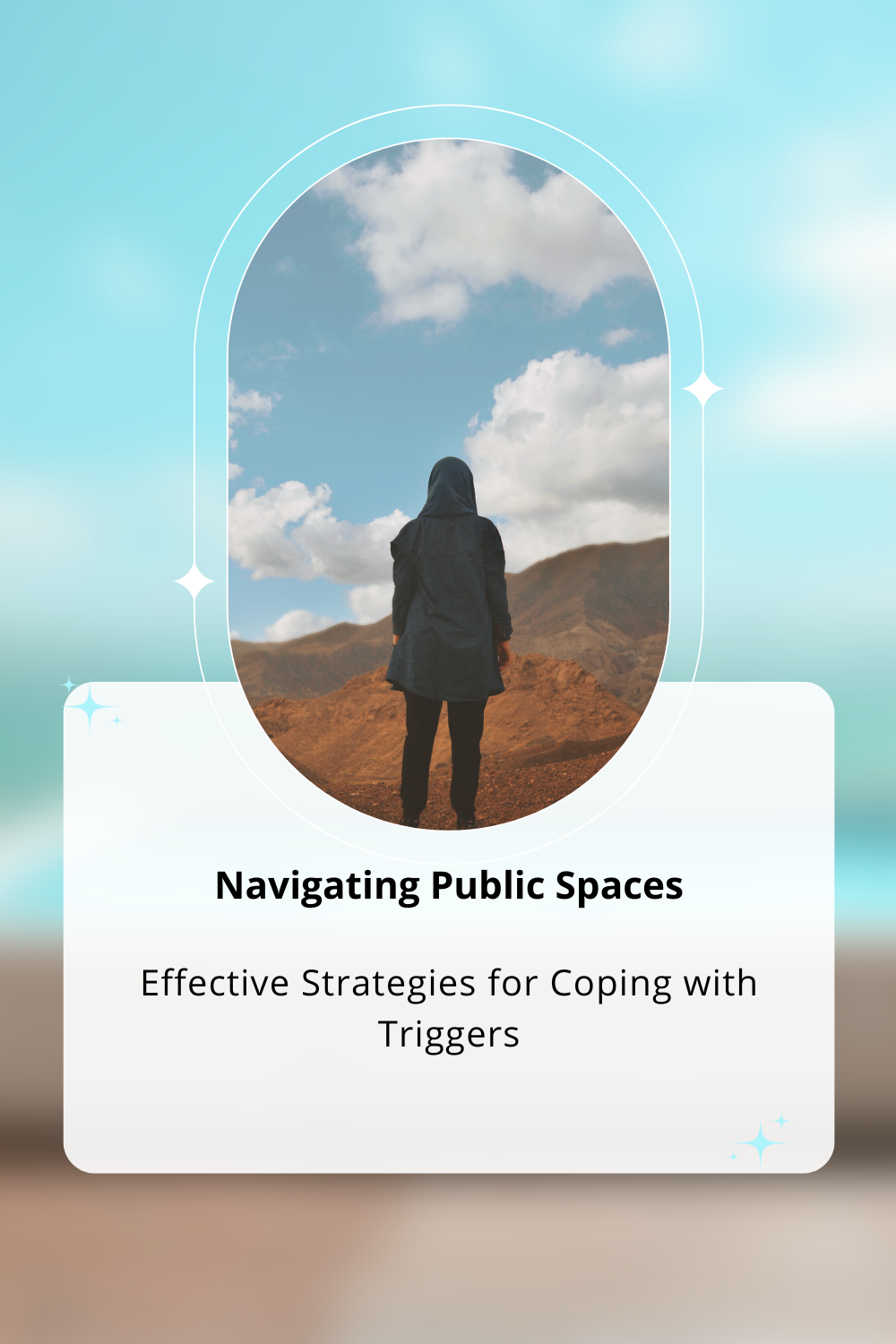
Imagine walking through a crowded mall, sensing the flurry of activity around you—people chatting, children laughing, the distant echo of music. For many, this scene is just another part of everyday life. But for those who experience psychological triggers, such a scenario can feel like navigating a minefield. Triggers can be emotional or sensory responses that evoke past trauma, leading to overwhelming feelings of anxiety, panic, or even dissociation. Understanding how to manage these triggers, especially in public spaces, can make a significant difference in one’s mental well-being.
Understanding Triggers
Triggers are highly personal; what might be a trigger for one person could go completely unnoticed by another. They can be anything from a specific smell, sound, or sight, to encountering a particular environment or situation that reminds you of a past trauma. Recognizing your triggers is the first step toward managing them. This awareness provides the groundwork for developing strategies to cope with potential stressors before they escalate into more intense emotional responses.
Preparation is Key
Before heading out, especially to a location where you might encounter known triggers, planning can be immensely beneficial. This could involve:
Scouting the environment: Familiarize yourself with the layout of a place or the schedule of an event. Knowing where exits, quiet areas, or restrooms are can help you feel more secure and in control.
Having a plan: Decide in advance what you will do if you feel overwhelmed. This might include stepping outside, using a mindfulness app, or having a comforting playlist ready on your phone.
Grounding Techniques: Grounding techniques can be invaluable when you feel overwhelmed by a trigger. These methods help redirect your attention from the trigger to what is happening in the present moment. Some effective grounding techniques include:
5-4-3-2-1 Technique: Name five things you can see, four things you can touch, three things you can hear, two things you can smell, and one thing you can taste.
Deep breathing: Focus on taking slow, deep breaths to help reduce the immediate physical anxiety symptoms like rapid heartbeat and shallow breathing.
Carry a grounding object: This could be a small stone, a piece of jewelry, or anything tactile that you can touch to help bring you back to the present moment.
Communicate with Companions
If you’re going out with friends or family, let them know about your triggers and what support you might need if you become distressed. Having someone who understands and can help you execute your coping strategies can make a substantial difference in managing your triggers.
Professional Support
While personal strategies are crucial, professional help can also play a significant role in managing triggers effectively. Therapists can work with you to identify triggers, understand their origins, and develop more personalized strategies to cope with them. Techniques like cognitive-behavioral therapy (CBT) are particularly effective in altering the thought patterns that triggers can activate.
Embracing Mindfulness
Incorporating mindfulness into your daily routine can enhance your ability to cope with triggers when they arise. Mindfulness helps in maintaining a moment-by-moment awareness of our thoughts, feelings, bodily sensations, and the surrounding environment. It’s about responding to our environment with choice rather than reacting out of fear.
Navigating public spaces with triggers is challenging but manageable with the right strategies. Understanding your triggers, preparing for potential challenges, employing grounding techniques, communicating needs, and seeking professional guidance are all steps that can empower you to live more comfortably and confidently in the world. Remember, each small step in managing your triggers is a significant stride towards reclaiming your peace of mind and enjoying public life.
Our team of compassionate therapists is here to help you find the support you need. We believe in a holistic approach, treating your mind, body, and spirit. With a blend of traditional and alternative therapies, we tailor your experience to meet your unique needs. At Blossom, we create a non-judgmental space where you can be your authentic self. Our goal is to empower you, amplify your strengths, and help you create lasting change. Together, we’ll navigate life’s challenges and help you bloom, grow, blossom! You deserve to become the best version of you.




